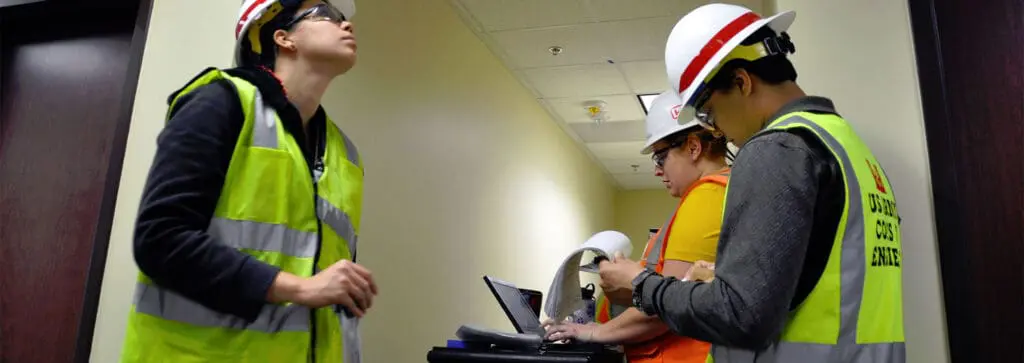British Standard BS 9251: Enhancing Fire Safety in Residential Buildings

BS 9251 is the cornerstone of fire safety regulations within the United Kingdom, specifically tailored for domestic and residential structures. Encompassing the realms of design, installation, commissioning, and maintenance, this standard is designed to cover all necessary fire safety measures, with a primary emphasis on preserving both life and property. Unlike its commercial counterparts, such as BSEN12845, which have been entrenched in standards for many years, BS 9251 made its debut only in 2005, with the latest revision in 2021. A notable distinction between the two, lies in its overarching focus on life preservation over property protection.
The standard spans a broad spectrum of considerations, delving into system design intricacies, component specifications, installation protocols, and maintenance procedures. At the heart of BS 9251 lies a pivotal requirement for comprehensive risk assessments, essential for determining the precise nature and extent of sprinkler systems required for individual buildings. Factors such as building size, occupancy demographics, layout intricacies, and prevalent fire hazards should be scrutinised to ensure bespoke solutions tailored to the unique needs of each property and British Standard compliant residential sprinkler systems.
Further, BS 9251 categorically advises on the implementation of sprinkler systems, ranging from Category 1, typically comprising family homes, to more complex Category 4 systems designated for taller residential structures. Each category delineates specific guidelines for the designated ‘competent person’, encompassing aspects like sprinkler head types, density, coverage, zoning considerations, water supply configurations, backflow prevention measures, and requisite tanks or booster pumps. Hydraulic calculations, integral to the process, aid in determining optimal water flow and pressure requirements, thereby informing decisions regarding ancillary components such as water tanks, booster pumps, and priority demand valves.
Installation mandates within BS 9251 leave no room for compromise, stipulating stringent specifications for piping, fittings, valves, and other system components to ensure alignment with stringent quality and performance benchmarks. Moreover, it addresses in detail water supply intricacies, including considerations for water pressure, flow rates, and storage capacities, while also prioritising protection against frost and freezing—a critical consideration within the UK’s climatic context.
Commissioning procedures outlined within the standard serve as a litmus test for system efficacy, encompassing a battery of tests and inspections to validate correct installation and functionality. Flow tests, pressure assessments, and functional evaluations are conducted rigorously to ensure seamless operation during fire emergencies, coupled with robust alarm systems to promptly alert relevant stakeholders.
In the realm of maintenance, BS 9251 sets forth comprehensive guidelines for ongoing upkeep, advocating for regular inspections, testing, and maintenance procedures—undertaken at least annually—to uphold system reliability and performance. Activities such as leak checks, sprinkler head inspections, alarm system tests, and periodic flow evaluations constitute integral facets of the maintenance regimen. Importantly, all commissioning and maintenance activities must be meticulously documented to facilitate traceability and accountability.
British Standard compliant residential sprinkler systems
In essence, BS 9251 plays a pivotal role in fostering fire safety targets within domestic settings, underpinned by its stringent standards and best practices governing the design, installation, commissioning, and maintenance of automatic fire sprinkler systems. Compliance with this standard goes above mere regulatory adherence; it serves as a potent mechanism for mitigating the risk of fire-related casualties, injuries, and property damage—safeguarding the well-being of building occupants and the broader community at large. As a beacon of fire safety excellence, BS 9251 epitomises a commitment to proactive risk mitigation and the preservation of life—a cornerstone of a resilient and secure built environment.

